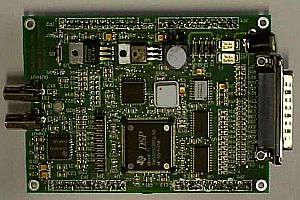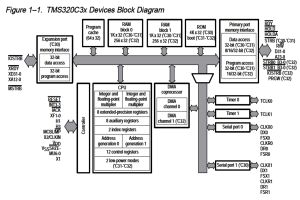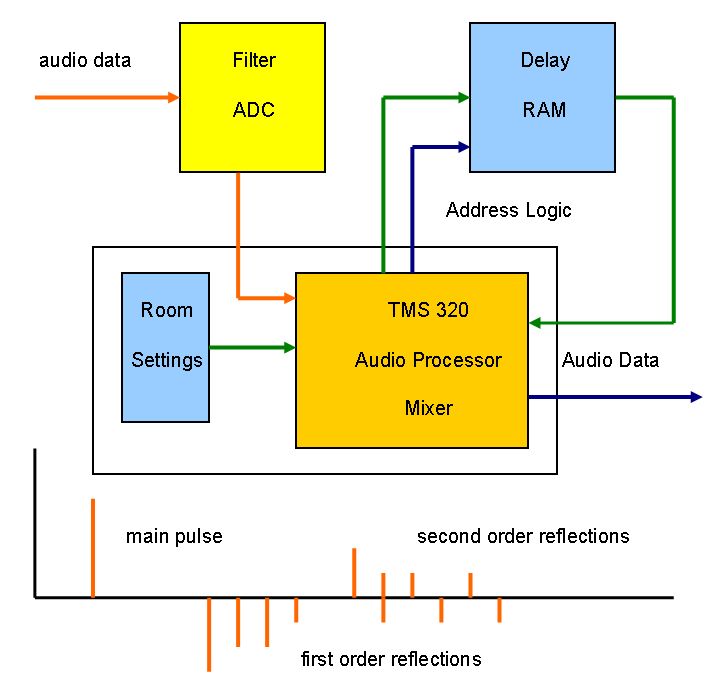| 96 kHz.org |
| Advanced Audio Recording |
|
Introduction to Echo Cancelling In modern music and recording studios, there is always the problem of disturbing reflections of the primary sound source created by walls, the floor and the ceiling. Certain reflections do accumulate to steady waves causing an unbalanced sound field making it hard to judge the true sound of a recording. Some work has to be done usually to deal with that issue like shown in a former article design of a recording studio. To lower this problem a DSP can be used to analyze the reflections and introduce a compensation signal with inverted phase to null the reflection possibly.
The technique of echo cancelling in order to obtain a more clear signal is known from various applications in industrial signal processing. Last but not least, one can observe this at it's very best with internet data, where nowadays 100MBit most probably would not be possible to achieve without echo treatment.
In 1997 some tests had been done with a TMS320-System from Texas Instruments which also is used for my other audio applications. A high speed DSP system nowadays is able to reduce reflections in video streams, so for the slow audio signals and their reflections, this should be done with current DSPs easily. The "only" 44100 samples per seconds require a resolution of about 10us -typically delays of 1ms to 30ms will behave to be processed. RAM seems to be the only problem at the first sight. A simple program was designed to acquire the incoming data from a omni microphone, apply a kind of equalizer to met damping over distance and delay the signal appropriately to be able to replay it the inverted way. To distinguish incoming from replayed sound, another microphone was introduced performing common mode analysis with delayed signal (auto correlation filter). In this way the echo of the echo was also cancelled away from the primary echo, not to cause a kind of delay loop which leads to unwanted reverb effects.
Signal treatment chain of the echo cancelling algorithm. Delays are adjusted according to mic position and wall distances.
Conclusion and Summary DSPs can be used to lower the problem of reflections during recording.
|
| © 2002 - Jürgen Schuhmacher |


